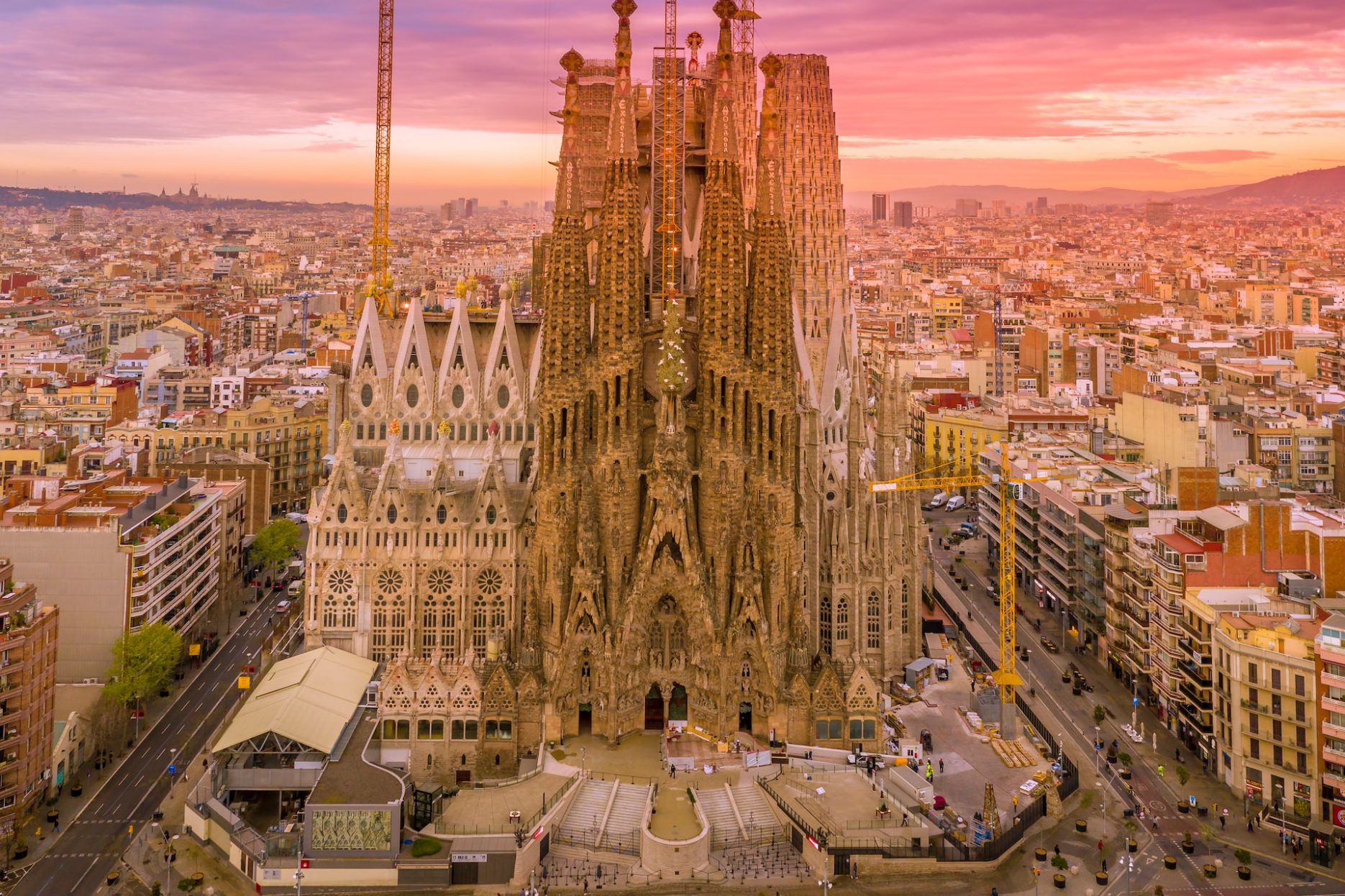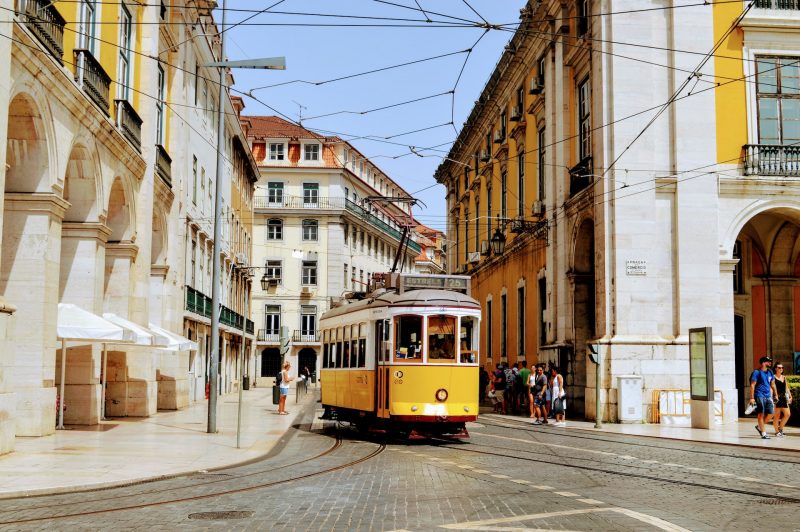Spanish is a Romance language that originated in the Castile region of Spain. It is one of the five most widely spoken Romance languages, with Spanish being the official language in 21 countries. The history of the Spanish language can be traced back to the 9th century when it was first mentioned in writing. Since then, it has undergone several changes, both in terms of its structure and its vocabulary. The most significant change occurred during the Renaissance, when Spanish became the official language of the Spanish Empire. This period saw several changes to the language, including the introduction of new words from other languages and the standardization of grammar and spelling. Since then, Spanish has continued to evolve, with each country developing its regional dialect. While there are some differences between the various dialects, Spanish is generally considered to be a unified language.
How Spanish evolved from Latin
Spanish is a Romance language that developed from Latin. Unlike Latin, which was spoken throughout the Roman Empire, Spanish emerged as a regional language in the Iberian Peninsula. The first recorded mention of Spanish dates back to 936 AD, when Arabic chroniclers referred to the language as “Span” or “Aspan.”
Over the centuries, Spanish has undergone several changes, both in its pronunciation and in its vocabulary. The most significant change occurred in the late Middle Ages, when the language began to be heavily influenced by Arabic. This can be seen in words like “almuerzo” (lunch), which comes from the Arabic word “al-mahar.”
Today, Spanish is the second most widely spoken language in the world, with more than 470 million speakers. It is also the official language of 21 countries, including Spain, Mexico and Argentina.
The influence of Arabic on Spanish
In Spain, many words have been taken from Arabic. This is because, during the time of the Moorish occupation, Arabic was the dominant language. Many of the Arabic words which were adopted into Spanish were related to religion, as this was the area in which contact between the two languages was most likely. However, many other words come from Arabic, and these relate to a wide range of topics.
One of the most noticeable ways in which Arabic has influenced Spanish is at the phonetic level. For example, Spanish has adopted several Arabic consonants which are not present in Latin. This includes the sounds /θ/, /ð/ and /ʃ/, which are all found in words of Arabic origin. In addition, Spanish has also adopted the use of several Arabic digraphs, such as /ch/ and /ll/.
Another area in which Arabic has had an influence is in the vocabulary of Spanish. Many words have been taken directly from Arabic, and these often relate to areas such as religion, culture, and the natural world. In addition, many Spanish words have been derived from Arabic roots. This means that the influence of Arabic on Spanish goes far beyond simply borrowing words.
The influence of Arabic on Spanish is evident in a wide range of different areas. From the phonetic level to the vocabulary, Arabic has had a significant impact on the development of Spanish. This is an important part of the history of the language, and it is something that continues to be felt today.
The different dialects of Spanish around the world
There are numerous dialects of Spanish spoken around the world, each with its unique features. While some of these variations may be simply a matter of pronunciation or vocabulary, others can be quite different, to the point where speakers of one dialect may not even be able to understand another.
Some of the most notable dialects of Spanish include Castilian Spanish, spoken in Spain; Latin American Spanish, spoken throughout the Americas; Andalusian Spanish, spoken in southern Spain; and Canarian Spanish, spoken in the Canary Islands.
each dialect has its unique features. For example, Castilian Spanish is known for its clear and precise pronunciation, while Latin American Spanish is marked by its use of voseo, the use of the pronoun “vos” instead of “tú”. Andalusian Spanish, on the other hand, is known for its unique vocabulary, which includes many words of Arabic origin.
The history of Spanish literature
Spanish literature can be traced back to the Middle Ages when several important works were composed in the vernacular language. Among these are the Cantar de Mio Cid, an epic poem about a medieval Spanish hero, and El Libro del Cavallero Zifar, a chivalric romance. The Golden Age of Spanish literature began in the 16th century when several renowned writers and poets flourished. These include Miguel de Cervantes, author of the classic novel Don Quixote, and Lope de Vega, one of the most prolific dramatists of his time. The 17th century saw the rise of another great Spanish writer, Pedro Calderón de la Barca, whose plays are still regularly performed today. In the 18th century, the Spanish Enlightenment produced several important thinkers and writers, such as José María Heredia and Gaspar Melchor de Jovellanos. The 19th century was marked by intense literary activity, with authors such as Benito Pérez Galdós, Manuel José Quintana, and Mariano José de Larra making significant contributions. The early 20th century saw the work of such Modernist writers as Ramón del Valle-Inclán and Federico García Lorca. During the Franco regime, literature was often used as a vehicle for political propaganda, but several significant works were produced nonetheless, including Miguel Delibes’ novel Las raíces del cielo. In the post-Franco era, a new generation of Spanish writers emerged, such as Javier Marías, Antonio Muñoz Molina, and Almudena Grandes.
Conclusion
The Spanish translation service has come a long way since its humble beginnings as a local dialect in the Iberian Peninsula. Today, it is the third most spoken language in the world, with over 400 million speakers. It has also been adopted as an official language by many countries, including Argentina, Chile, Uruguay, and Venezuela.
The evolution of Spanish has been shaped by its history, geography, and the people who have spoken it. With such a rich and diverse heritage, it is no wonder that Spanish is such a beautiful and vibrant language. It is truly a language for everyone.




